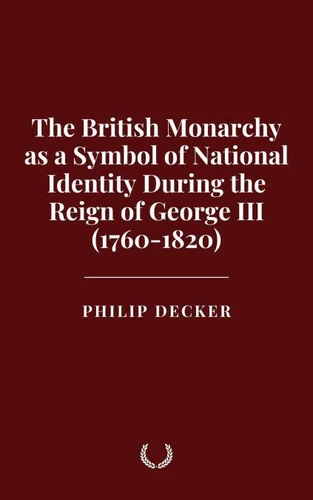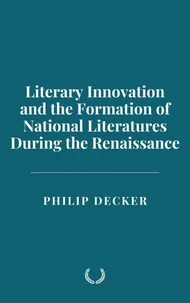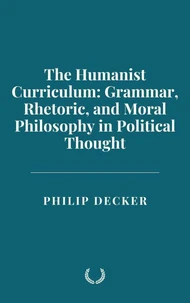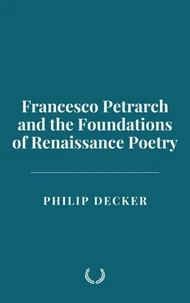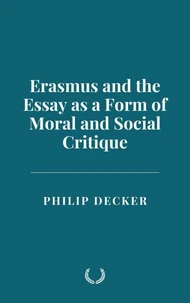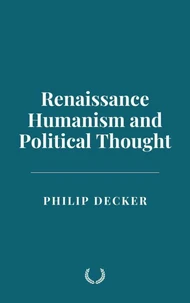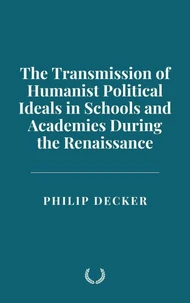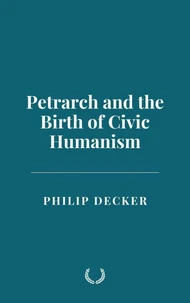The British Monarchy as a Symbol of National Identity During the Reign of George III (1760-1820)
Par :Formats :
Disponible dans votre compte client Decitre ou Furet du Nord dès validation de votre commande. Le format ePub est :
- Compatible avec une lecture sur My Vivlio (smartphone, tablette, ordinateur)
- Compatible avec une lecture sur liseuses Vivlio
- Pour les liseuses autres que Vivlio, vous devez utiliser le logiciel Adobe Digital Edition. Non compatible avec la lecture sur les liseuses Kindle, Remarkable et Sony
 , qui est-ce ?
, qui est-ce ?Notre partenaire de plateforme de lecture numérique où vous retrouverez l'ensemble de vos ebooks gratuitement
Pour en savoir plus sur nos ebooks, consultez notre aide en ligne ici
- FormatePub
- ISBN8230822714
- EAN9798230822714
- Date de parution15/01/2025
- Protection num.pas de protection
- Infos supplémentairesepub
- ÉditeurIndependently Published
Résumé
The reign of George III (1760-1820) represents a pivotal era in the history of the British monarchy, marked by profound changes in how the institution of the crown was perceived as a symbol of national identity. During this period, Britain underwent a series of seismic political, social, and economic transformations that challenged the very fabric of national unity, compelling the monarchy to redefine and reinforce its symbolic significance.
The notion of the crown as a unifying force did not emerge in a vacuum; it was constructed and contested within the broader contexts of imperial expansion, revolutionary upheaval, domestic reform, and cultural expression. To fully understand the evolution of the monarchy as a symbol of national identity, it is essential to engage in a comprehensive analysis of the historical events, intellectual currents, and cultural artifacts that shaped this process.
The notion of the crown as a unifying force did not emerge in a vacuum; it was constructed and contested within the broader contexts of imperial expansion, revolutionary upheaval, domestic reform, and cultural expression. To fully understand the evolution of the monarchy as a symbol of national identity, it is essential to engage in a comprehensive analysis of the historical events, intellectual currents, and cultural artifacts that shaped this process.
The reign of George III (1760-1820) represents a pivotal era in the history of the British monarchy, marked by profound changes in how the institution of the crown was perceived as a symbol of national identity. During this period, Britain underwent a series of seismic political, social, and economic transformations that challenged the very fabric of national unity, compelling the monarchy to redefine and reinforce its symbolic significance.
The notion of the crown as a unifying force did not emerge in a vacuum; it was constructed and contested within the broader contexts of imperial expansion, revolutionary upheaval, domestic reform, and cultural expression. To fully understand the evolution of the monarchy as a symbol of national identity, it is essential to engage in a comprehensive analysis of the historical events, intellectual currents, and cultural artifacts that shaped this process.
The notion of the crown as a unifying force did not emerge in a vacuum; it was constructed and contested within the broader contexts of imperial expansion, revolutionary upheaval, domestic reform, and cultural expression. To fully understand the evolution of the monarchy as a symbol of national identity, it is essential to engage in a comprehensive analysis of the historical events, intellectual currents, and cultural artifacts that shaped this process.

